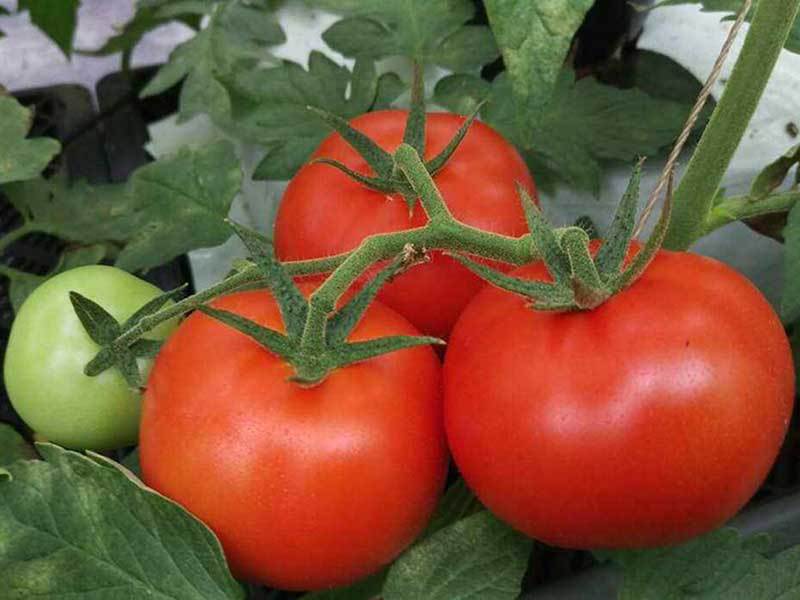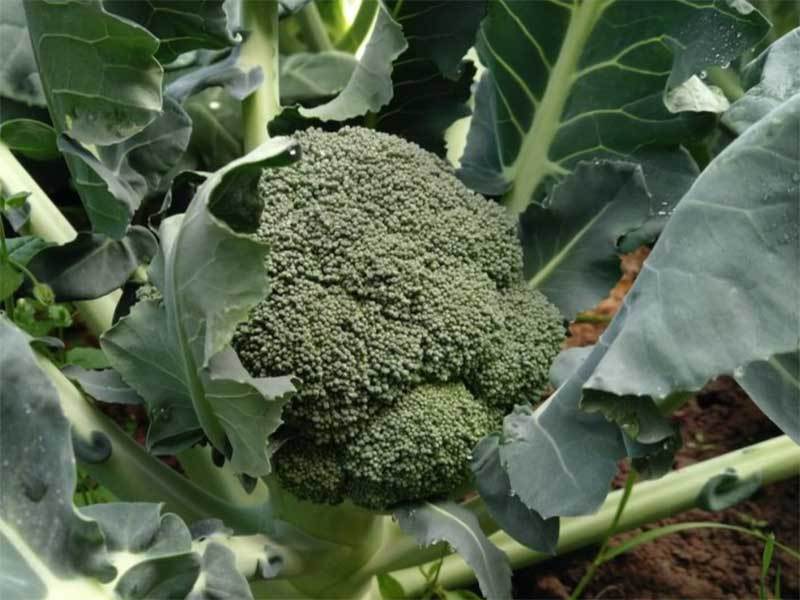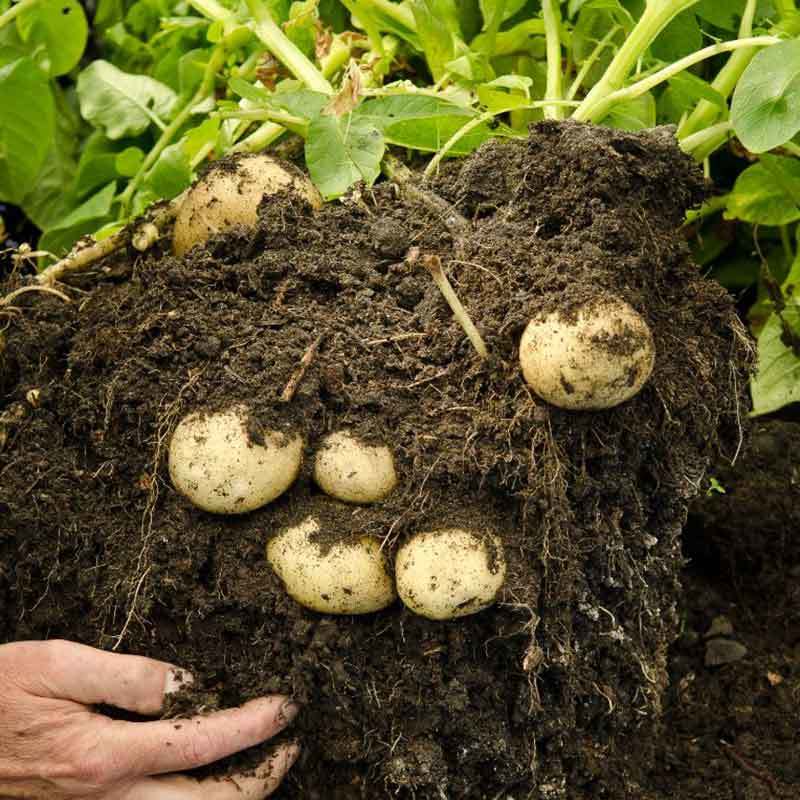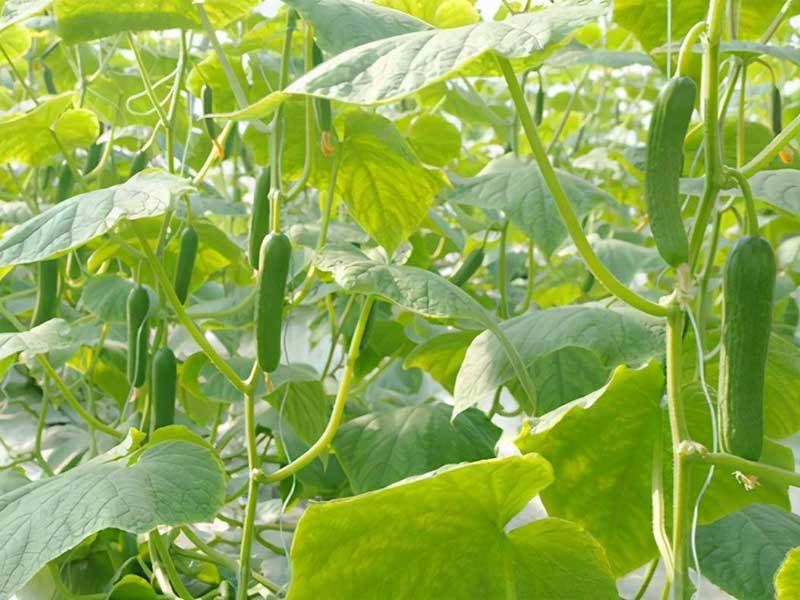What Not to Plant with Radishes? - Wilson Garden
Introduction
The radishes are relatively easy to grow and compatible with many plants. But there are certain crops you should avoid planting close to your radishes. Understanding these companion planting principles can significantly influence the health and productivity.
Why Companion Planting Matters
Companion planting is the strategy of placing different crops in close. This is proximity for pest control, improving soil health and increasing yields. It can minimize the need for chemical interventions and elevates the overall vitality of the garden space. This natural phenomenon underscores the importance of selecting garden companions wisely.
Radishes: Ideal Growing Conditions
Radish Growing Requirements
Radishes prefer full sun. But they can tolerate partial shade. Use well-drained soil rich in organic matter. Make sure the soil pH is 6-7. Moderate watering can avoid stress. That can lead to woody textures in radishes.
Tips for Successful Radish Cultivation
Ensure your radishes have enough space to grow by thinning seedlings early. This prevents crowding and allows each radish to develop fully. Over-fertilizing can promote lush foliage at the expense of root development. You should avoid it.
The Top 5 Plants to Avoid Planting with Radishes
Tomato Plants
They have different nutrient needs. The tomatoes need substantial shade as they grow. This shade can significantly hinder the radish's ability to photosynthesize, resulting in poor root development.
Furthermore, tomatoes are heavy feeders. They can deplete the soil nutrients. This competition can lead to stunted growth and reduce the yield of both crops. Placing your tomato plants near marigolds helps repel pests.

Brassicas (Broccoli, Cauliflower, Cabbage)
Radishes and brassicas will compete for nutrients and space. This rivalry can result in weak crops. A better strategy is to plant brassicas with aromatic herbs or flowers. For example, dill, rosemary and nasturtiums. They can help deter common pests without competing for the same resources.

Potatoes
Radishes and potatoes might seem like underground allies. But in reality, they make poor bedfellows. The crux of the issue lies in their root systems. Radishes have shallow-rooted. They compete fiercely with the potatoes for nutrients and water.
Flea beetles and root maggots are common pests and diseases for both crops. These problems can spread more easily between them if you plant them in close proximity. It's best to plant them in separate areas of your garden. This separation helps minimize competition and the spread of pests and diseases.

Onions and Garlic
However, the issue here isn't about pests. It's about the allelopathic properties of alliums. These compounds can inhibit the growth of radishes and even affect their flavor. This leads to a less satisfying harvest. The compounds released by onions and garlic can make radishes harder to grow and make them more bland.
Consider pairing your radishes with lettuce, peas, or members of the cabbage family. These plants are known to be compatible. They can even benefit each other when grown in close quarters.
Cucumbers
Cucumbers are heavy feeders. They require a lot of water. This is a stark contrast to the relatively modest needs of radishes. Don't plant cucumbers and radishes too close. This can lead to overcrowding when cucumbers spread out.

Companion Planting with Radishes
Spacing and Layout Considerations
Proper spacing and layout are paramount in companion planting. In rows, space each radish seed about an inch apart to avoid overcrowding. Space radishes 12 to 18 inches away from the plants listed above. Ensure they have enough access to sunlight and nutrients.
Tips for Soil Health and Pest Control
Intercropping: Planting radishes with leafy greens can help maximize space and reduce weed growth. For example, lettuce or spinach.
Natural Pest Deterrents: Radishes can deter pests for squash and cucumber. This minimizes the need for chemical pesticides.
Crop Rotation: Rotating radishes and their companion plants from year to year. This can help prevent soil depletion, pests and diseases.
Conclusion
Understanding what not to plant with radishes is crucial. You can ensure a thriving garden by avoiding these problematic pairings.




